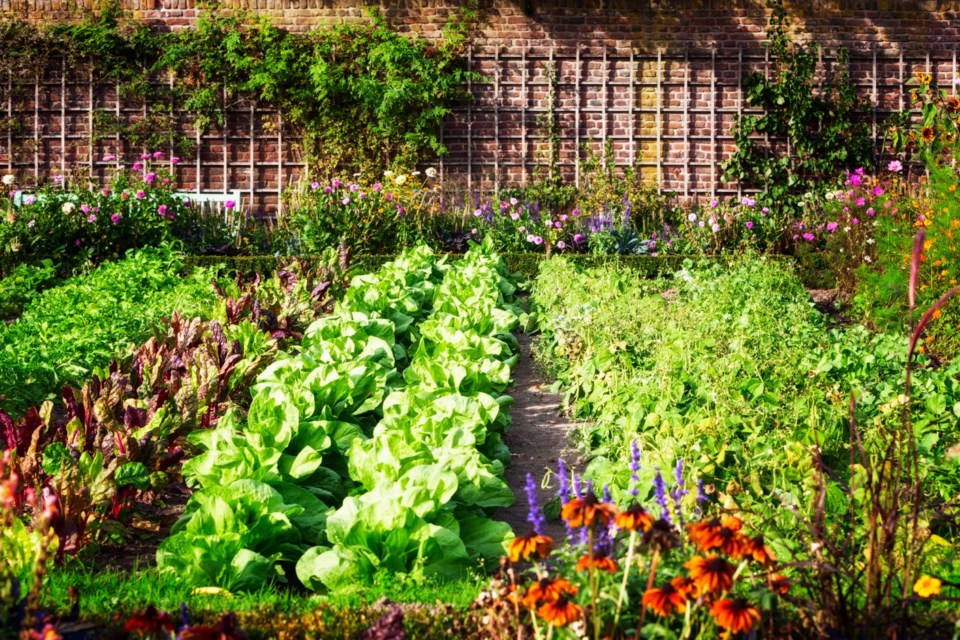Growing your own plants from seed means that you can grow almost anything your heart desires. There is an amazing selection of different varieties and cultivars of plants that sometimes makes it rather difficult for us to decide what we should grow. It is easy to get carried away and grow too much as this time of year we are craving green growth and those tiny little packets don’t seem to hold that much. It is only once those plants get growing, we see how a few seeds can easily grow into way too many plants. Instead of planting all the seeds in the package, only plant as many as you will need. Share the leftovers or store them in a cool, dry place.
In order to be successful starting seeds, it is useful to understand a little bit about the seed itself and what it requires to germinate. Seeds are made up of an outer seed coat that protects the inner parts of the seed during dormancy. Inside the seed coat lies the endosperm which serves as the food supply that is essential for the early growth of the seedling. In the center of the seed is the embryo which is really a very minute undeveloped plant.
There are four things that seeds need to germinate. Water is essential for penetrating the seed coat which causes the endosperm to swell. The water dissolves nutrients in the endosperm which are then available to the embryo and life begins. Some seeds need light in order to germinate while others do not. Oxygen is also necessary as the seed needs to respire in order to break down those nutrients in the endosperm. Last but not least, germination requires heat. Each seed will have an optimum germination temperature for the best rate of growth.
If you are new to starting seeds, then choose to grow those plants that are relatively easy to germinate and do not need special conditions. Most seed packages will give directions on how to plant those specific seeds. Generally, small seeds need not be covered with soil but instead gently pressed into the media or soil. Medium seeds can be lightly covered and large seeds can be poked right into the soil. A good rule of thumb is to plant the seed to the depth of their diameter.
Keep the soil moist to ensure even germination whether you are seeding indoors or directly into the garden. Use a gentle spray to avoid washing the seeds around, or they may pool into dense clumps. Keep the humidity high until the seeds germinate by covering seed pots with plastic wrap. Once you see the plants germinate, uncover the seedlings to avoid conditions that are too wet for the new seedlings.
Once the seeds germinate those young seedlings will need adequate light in order to grow. Placing them directly under a fluorescent light fixture will ensure that the seedlings are strong and sturdy. If you find that your seedlings are tall and spindly it is because they are not getting enough light and are reaching for the sun.
Please enjoy the attached chart that shows appropriate dates in which to sow the seeds for a planting outside into the garden around the long weekend in May.
Hanbidge is the Lead Horticulturist with Orchid Horticulture. Find us at ; by email at [email protected]; on facebook @orchidhort and on instagram at #orchidhort. Tune into GROW Live on our Facebook page or check out the Youtube channel GROW




